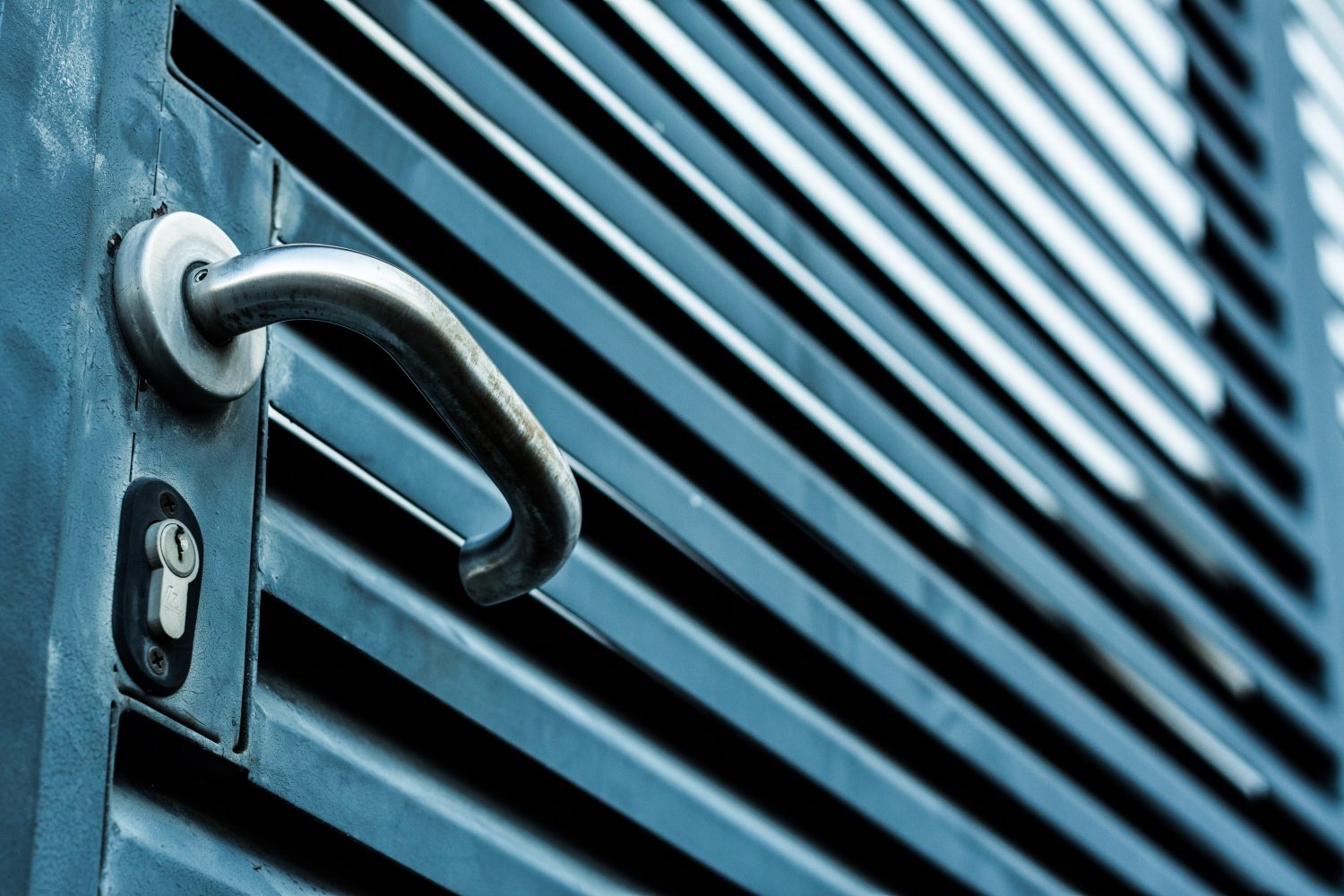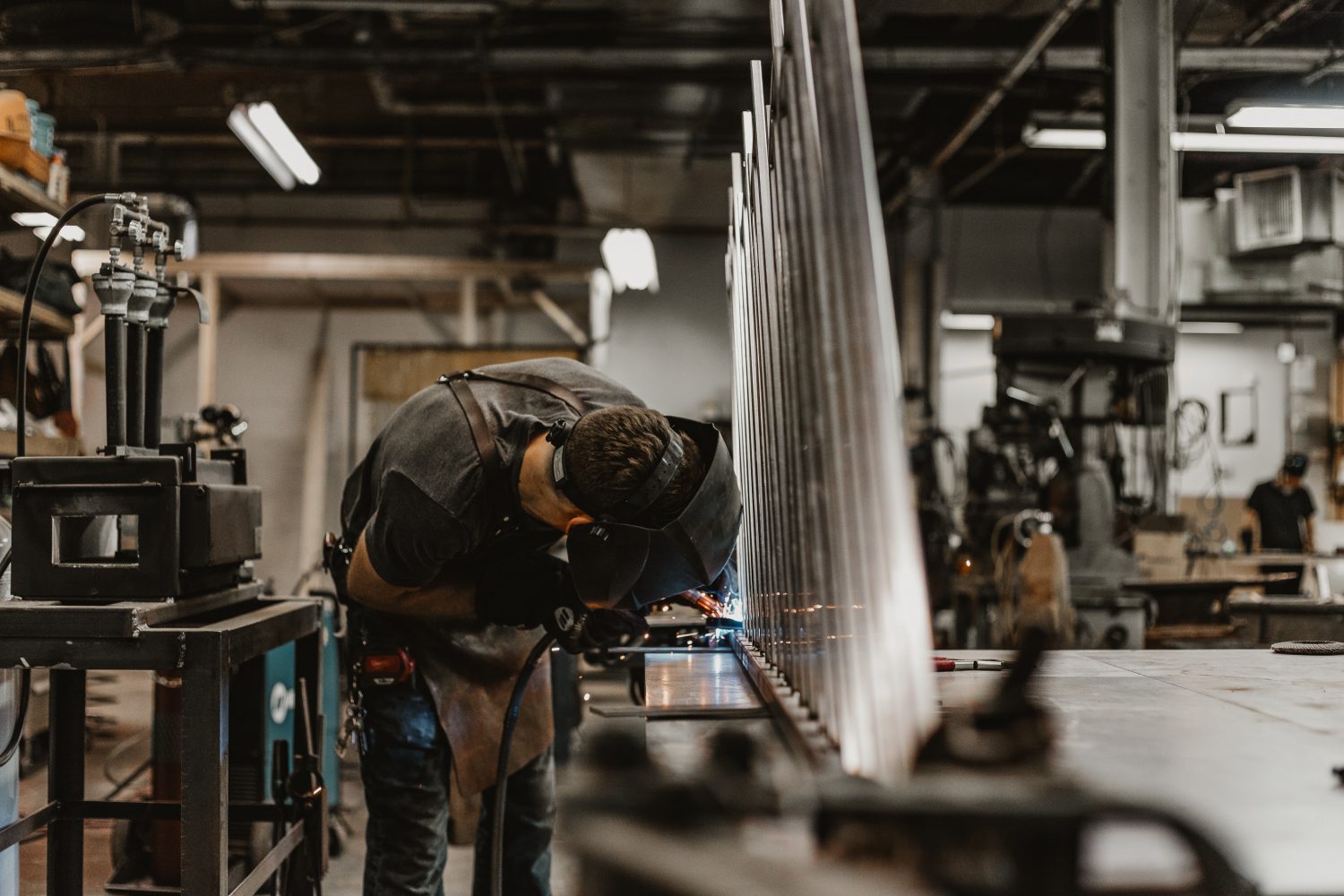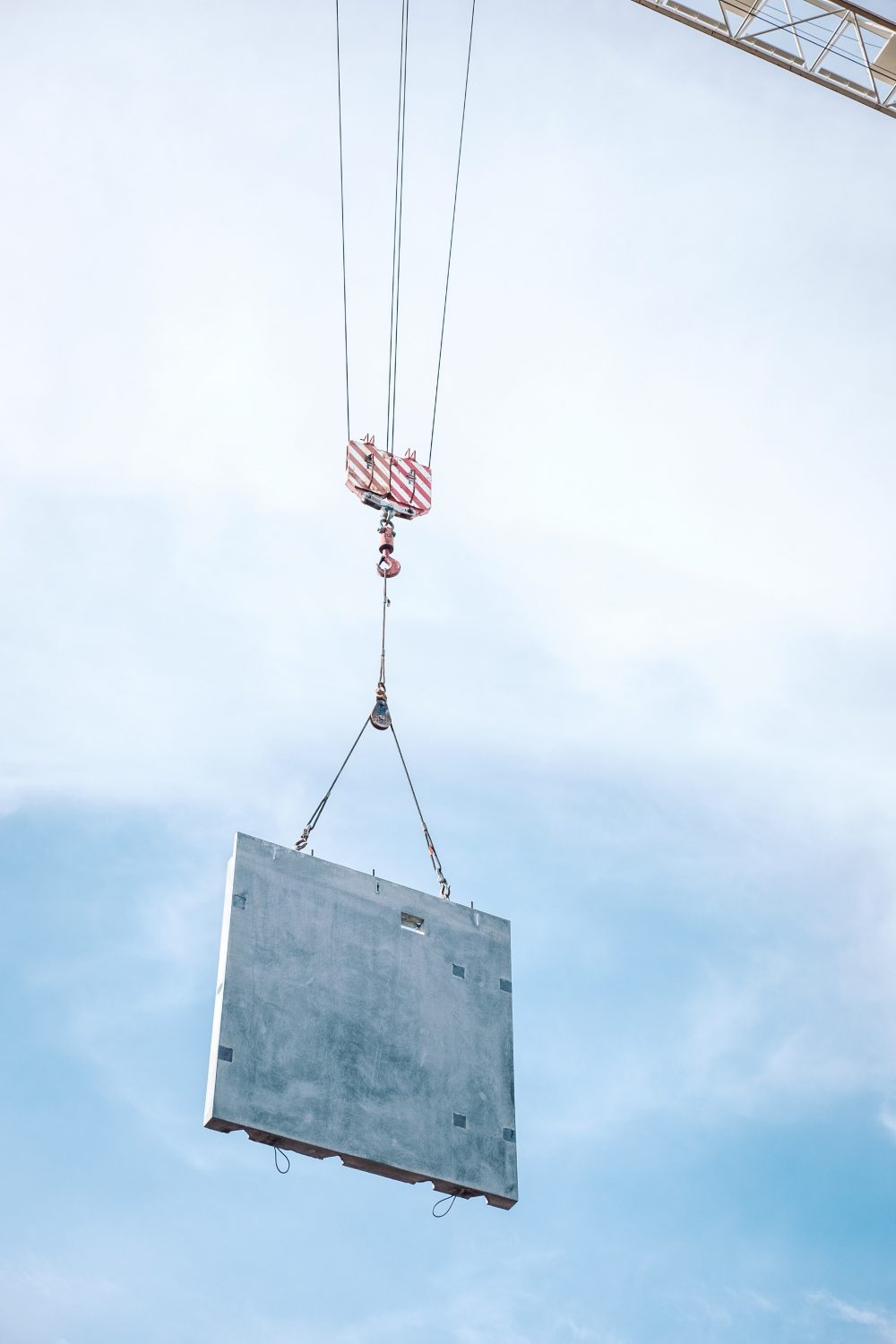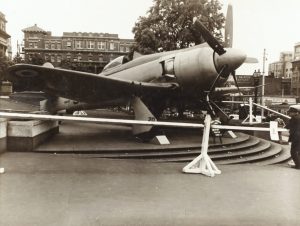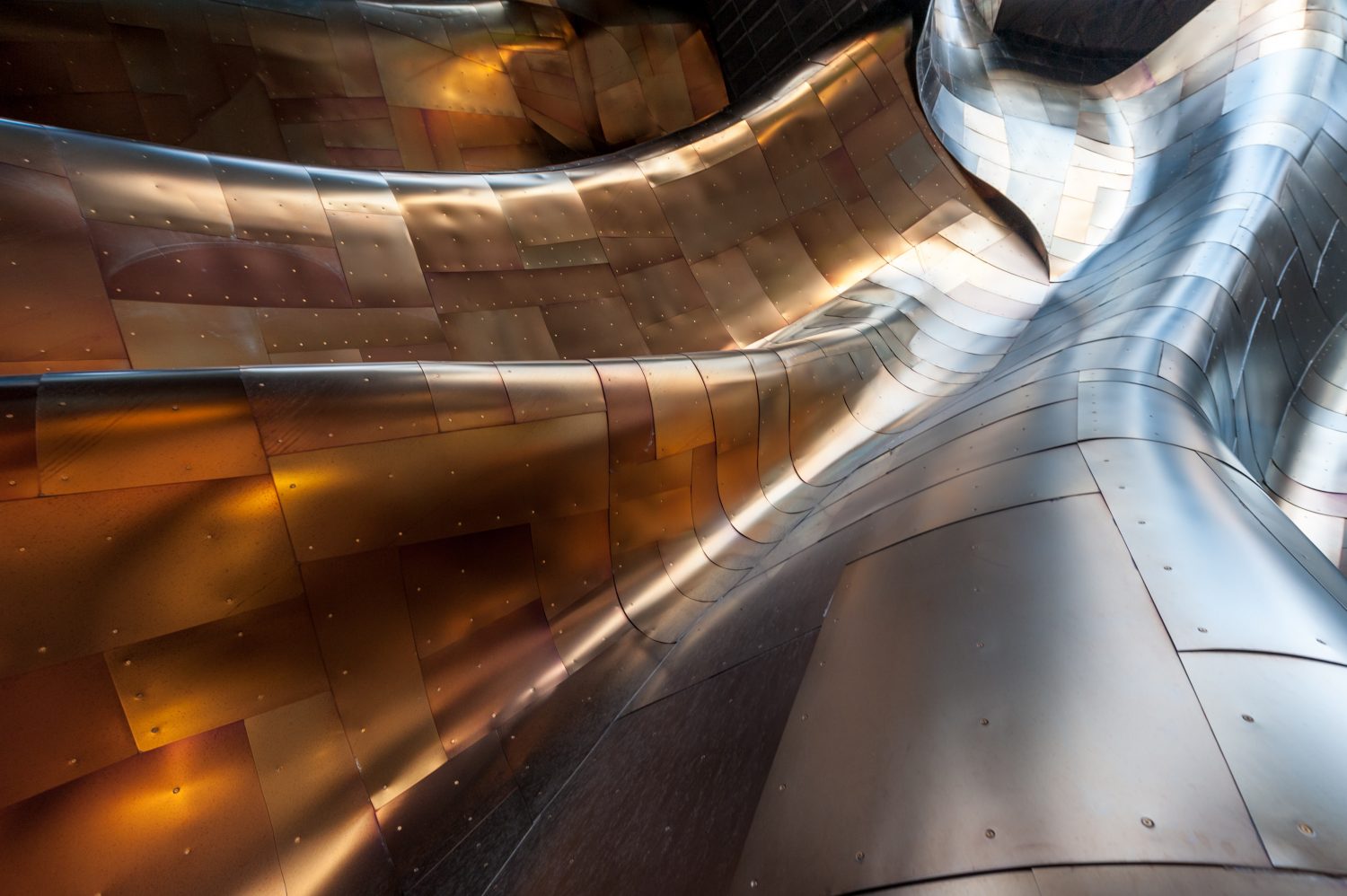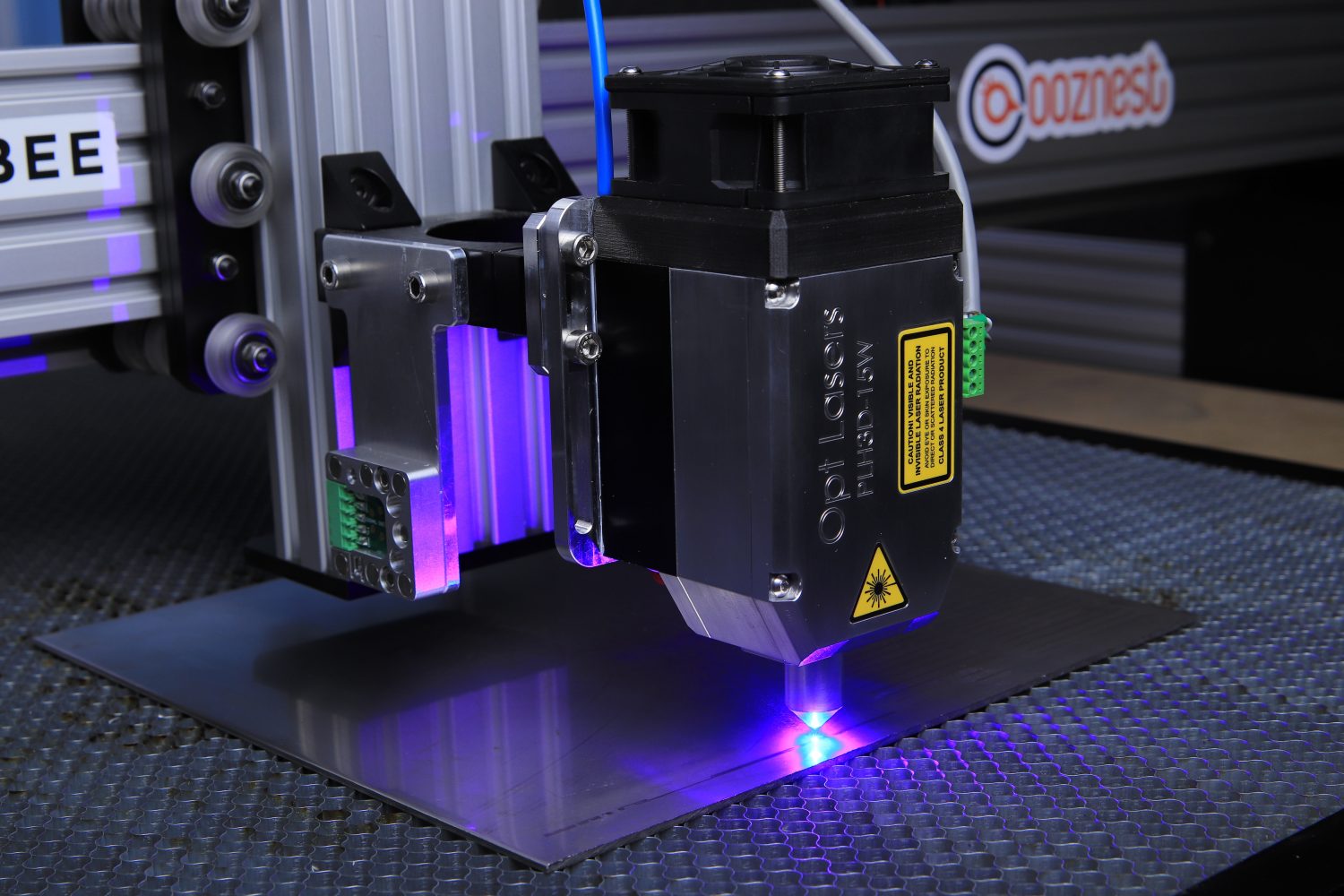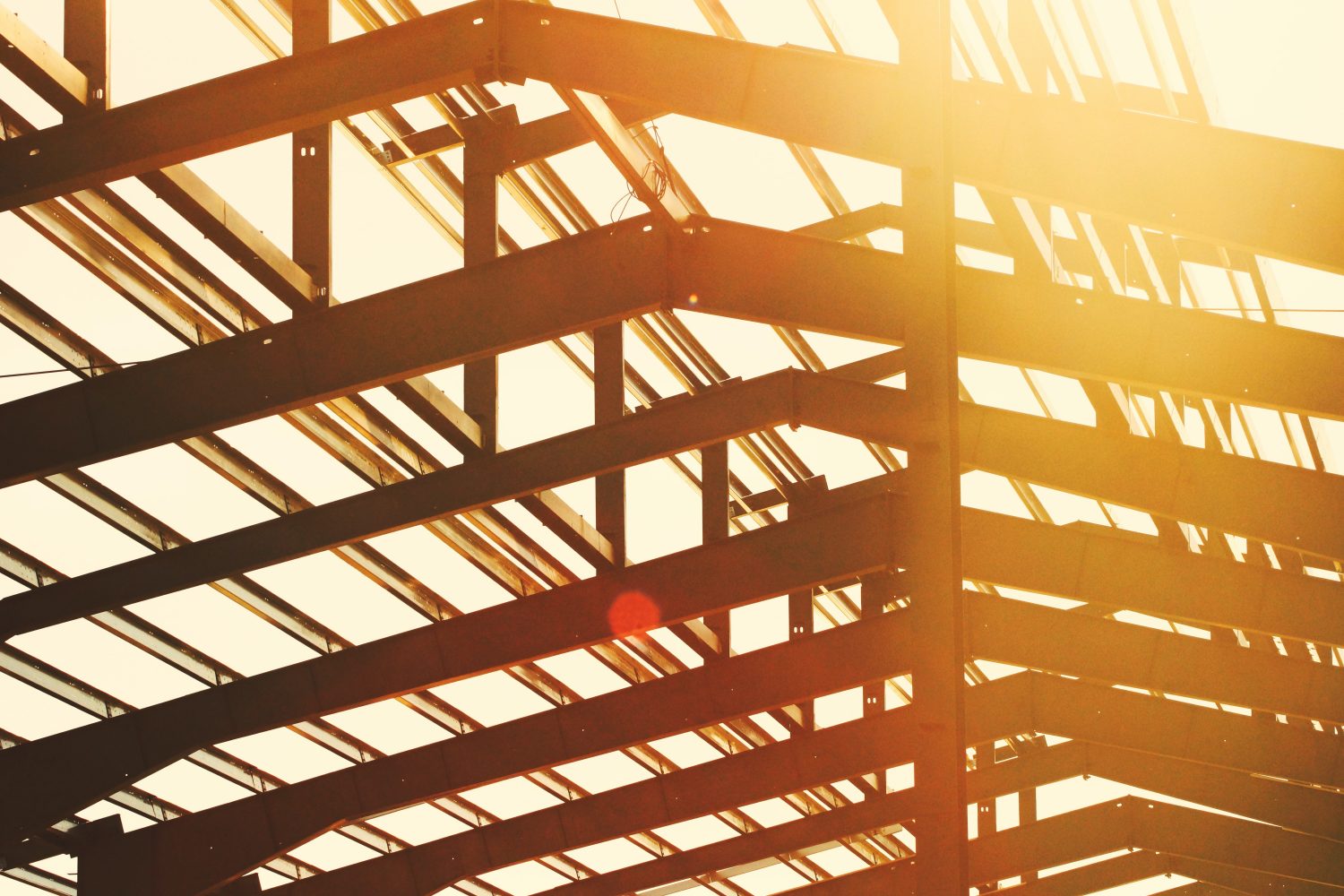With the harsh cold of winter starting to fully kick in, you will probably start feeling the effects in your home and workplace. These effects can be significantly improved by using high quality aluminium fabrication for your doors and windows. Aluminium is an extremely popular choice for doors and windows and given the impressive benefits it offers, there’s no surprise as to why. In this article, we’ll be exploring the advantages of aluminium and hence the reasons why it is the go-to metal for modern doors and windows.
Light weight
Aluminium is a very light weight metal, coming in at 2.7g/cm3 which is around one third of steel or copper. It is actually one of the lightest metals commercially available on the market. This makes it great for window and door frames as the last thing you need when opening and closing your windows or doors is to struggle with how heavy they are.
Corrosion resistant and low maintenance
A key concern when purchasing windows and doors is whether they will deteriorate over time and face the challenge of corrosion. You don’t have to worry about this with aluminium though as when it comes into contact with air, a protective layer of aluminium oxide is created on the surface. This layer is highly resistant to corrosion no matter what the weather throws at it, and it won’t be damaged by any cleaning products either.
Also, unlike timber or uPVC frames, aluminium fabrication door designs won’t swell, crack, split, or warp over the years. Corrosion protection can be solidified even further by anodising or painting (normally by powder coating) the surface. Cleaning aluminium will only require the occasional wipe with a damp cloth or soap water. It doesn’t take much effort to keep them looking fresh and new no matter how many years you have them.
Malleable and strong
Aluminium can be easily bent, pressed into shape, or drawn out into a thin wire without compromising any of its strength and without cracking or breaking. It is the second most malleable metal and the sixth most ductile, which is ideal for windows and doors. This is because the aluminium frame profiles can be easily bent or pressed into the desired shape without any risk of them breaking, making customisation much easier.
Fully recyclable
Aluminium is quite unique when it comes to recycling metals. It is 100% recyclable, and the quality of the recycled aluminium is exactly the same as the original metal. This means it can be recycled over and over again, which is especially advantageous from an environmental and sustainability point of view with a smaller carbon footprint and lower costs. Nearly 75% of all aluminium that has ever been produced is still being used today.
Thermal efficiency
As well as being a good conductor, aluminium is known for being a great insulator too, due to it reflecting the radiation of heat back to its source, like how aluminium foil keeps your food warm. Keeping the heat in is essential at this time of year, not only to stop your house or office feeling the cold but also to save you money on your energy bills. The thermal insulation features of aluminium are advantageous in summer too. If you want efficiency and value for money over the long term, aluminium fabricated windows and doors are your best option.
Soundproofing
Aluminium windows and doors have excellent sound insulating properties, which is a benefit many other materials can’t provide. They have fusion-welded joints that ensure the overall sealing of frames and stop entry of external noise. So, by choosing aluminium fabrication you can get a quiet, relaxing, and stress-environment in your home or workplace.
Aesthetically appealing and customisable
Aluminium can be easily anodised, or powder coated to give it a decorative smooth or textured finish. This, alongside the natural look of aluminium itself, mean that your new doors and windows will only be high performing in all the key areas, but they will look modern and stylish too.
If you’re looking for professional, high-quality aluminium fabrication services or any other metal fabrication contact FEM today. Our team have extensive experience in the industry we pride ourselves on exceeding customer expectations with every bespoke fabrication project we do.
